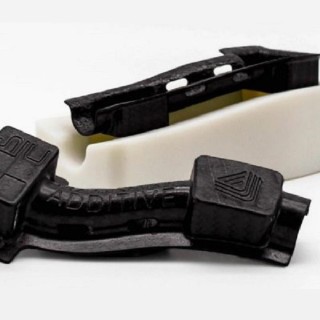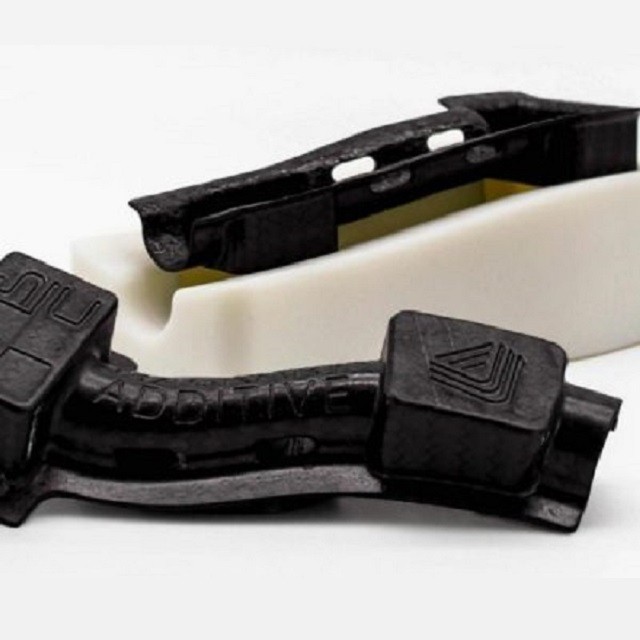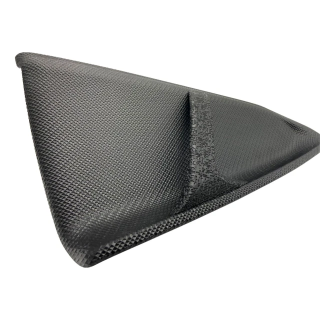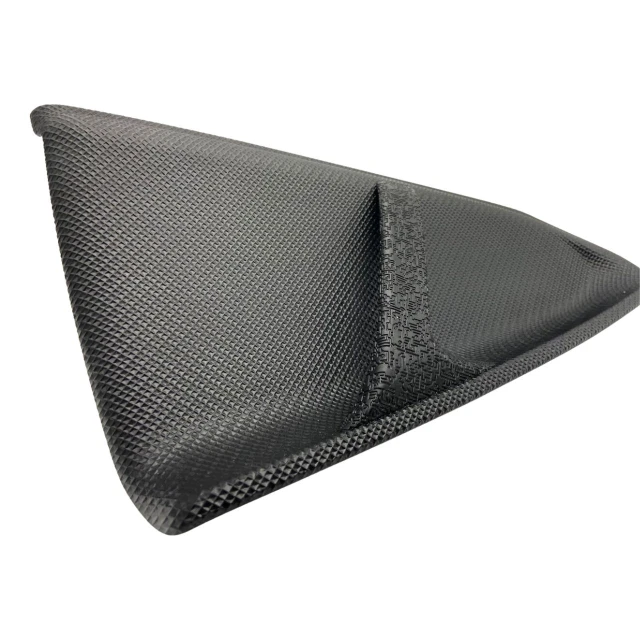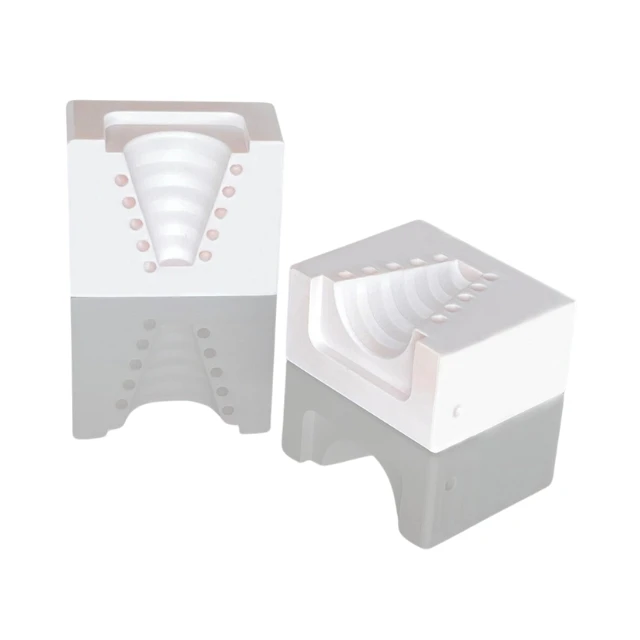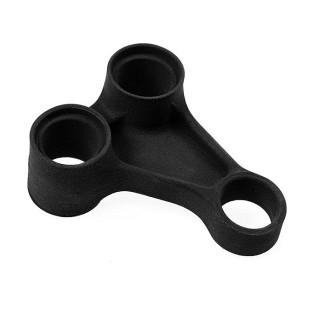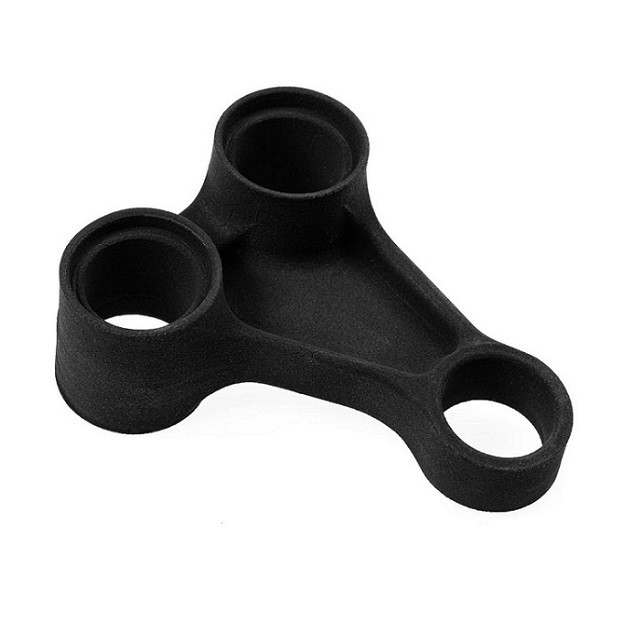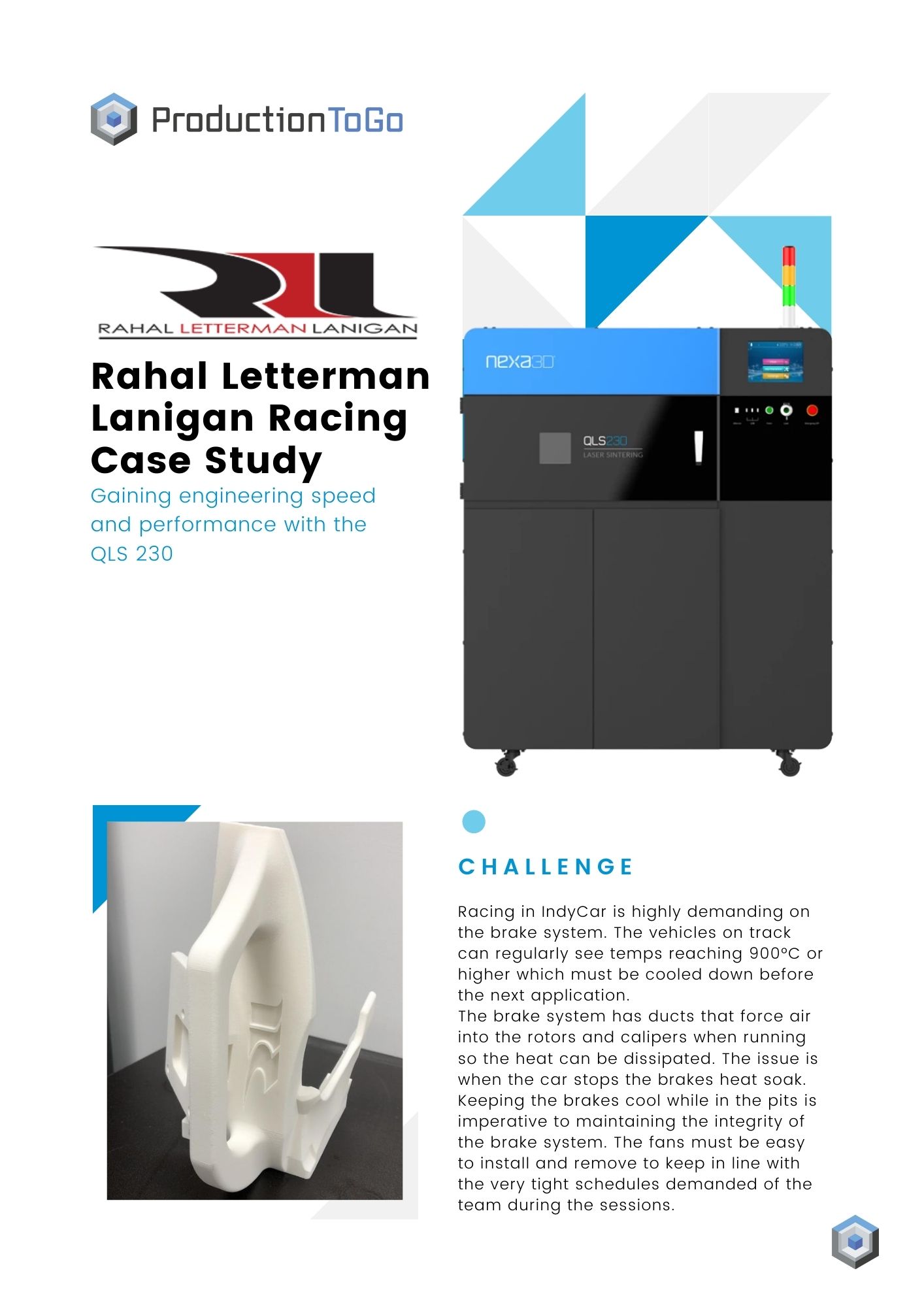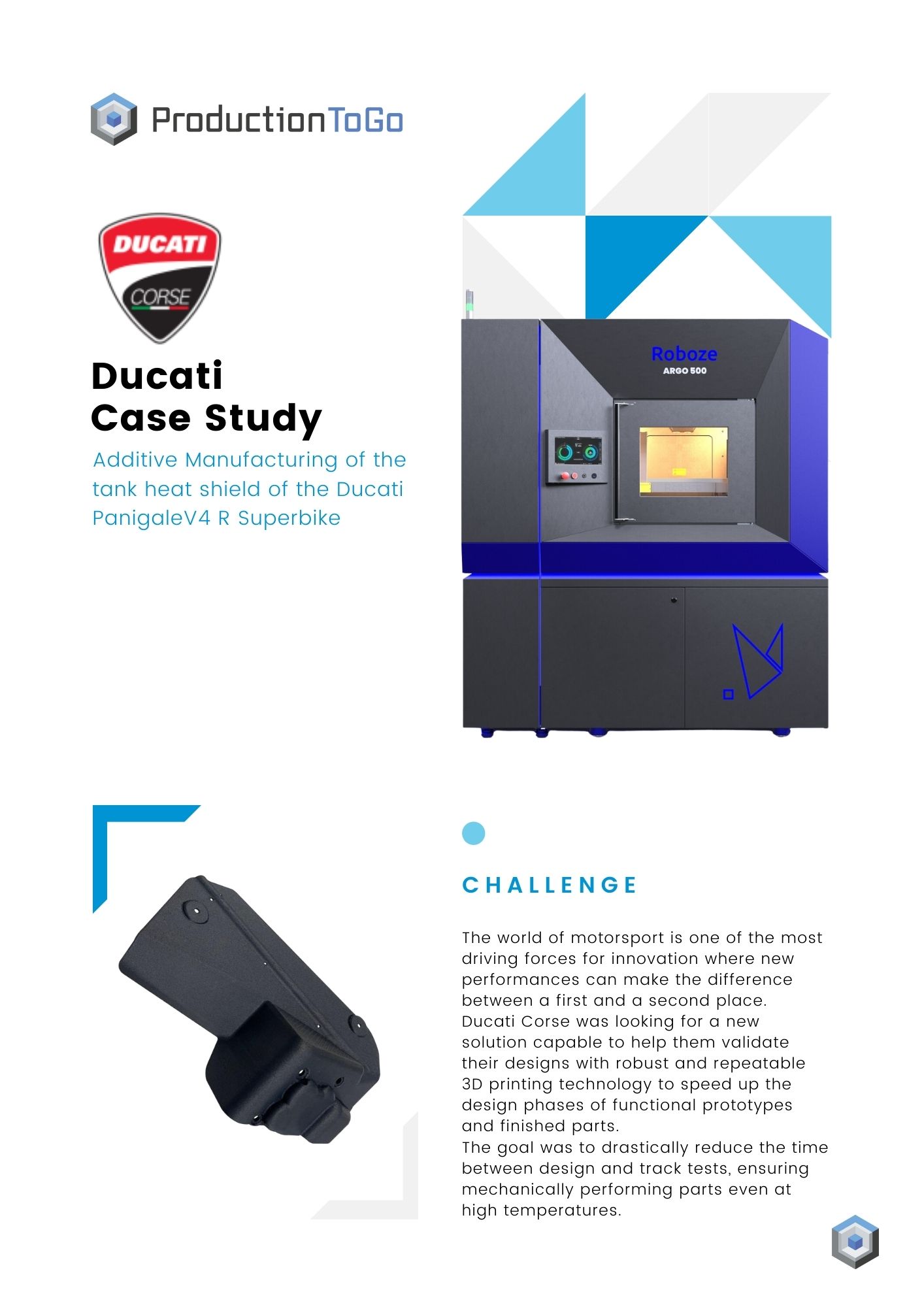What is wind tunnel testing?
Wind tunnel testing is an important approach used by engineers to validate calculations and improve designs by evaluating the flow of air over items such as airplanes, cars, and even clothing. Therefore models are placed in a tunnel with air flowing past them, allowing engineers to quantify aerodynamic forces such as lift and drag. Wind tunnels have been around since the mid-1700s, when inventors strove to study air movement over surfaces, eventually resulting in the first wind tunnel design in 1871 by British engineer Frank Wenham.
What factors are taken into account when wind tunnel testing?
A. Size of the object and flow conditions
In wind tunnel testing, the type and size of the wind tunnel utilized are determined by the size of the object being tested and the necessary flow conditions. Some notable testing areas for motorsport are:

Sauber Engineering Wind Tunnel in Hinwil, Switzerland
Sauber Engineering, part of the Alfa Romeo F1 Team Stake, has its own wind tunnel facility near Zurich. This steel-built facility features a 140-meter closed loop with a 3000-kilowatt turbine generating up to five tonnes of thrust. The wind tunnel uses model cars to simulate aerodynamic conditions under race scenarios, allowing for detailed testing and optimization of aerodynamics setups
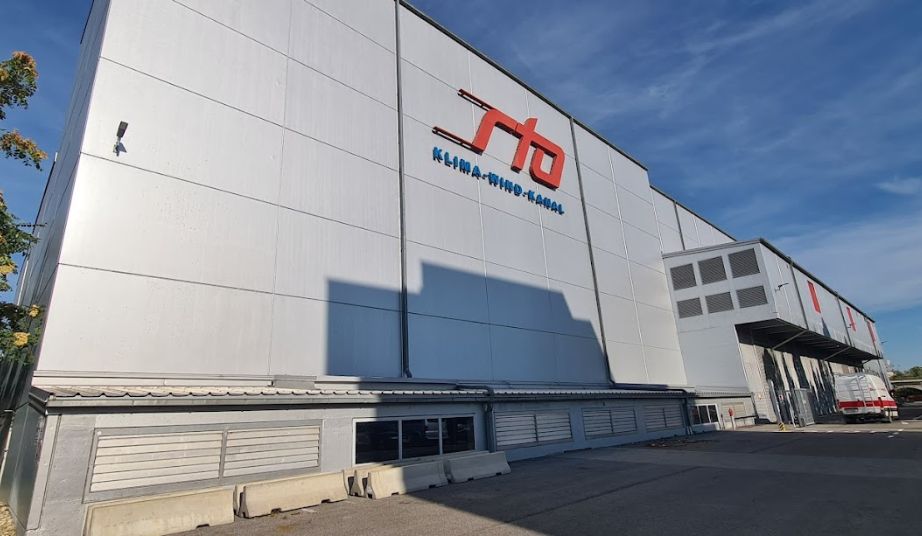
Rail Tec Arsenal Vehicle Testing Station in Vienna, Austria
This facility offers various wind tunnels like the Large Climatic Wind Tunnel (large CWT), Icing Wind Tunnel (IWT), and Small Climatic Wind Tunnel (small CWT) for aerodynamic testing purposes.
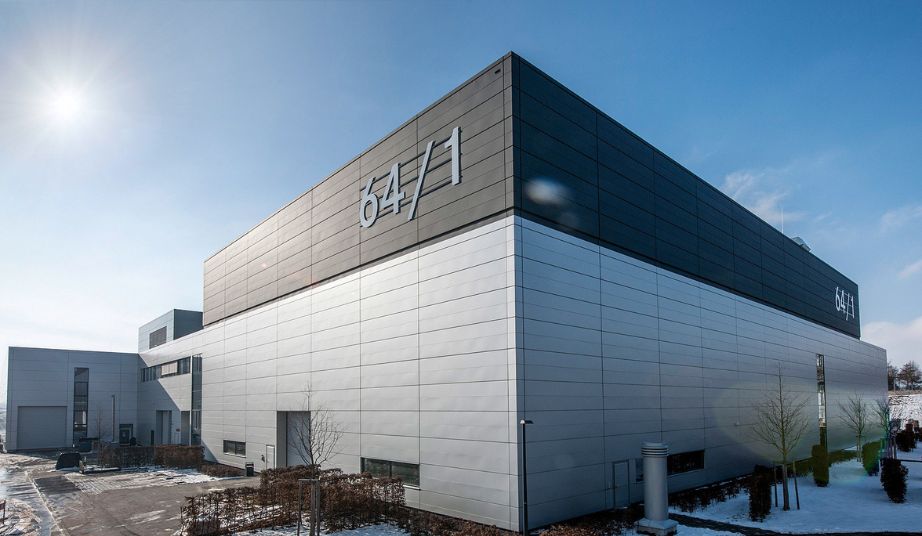
Mercedes-Benz Aeroacoustic wind tunnel in Sindelfingen
Thanks to its excellent flow quality, very low background noise, sophisticated road simulation and high efficiency, the new aeroacoustic wind tunnel at the Sindelfingen Development Center is one of the most efficient facilities in the world. Speeds of up to 265 km/h can be reached and evaluated.
B. Speed regime category
For Motorsport applications only subsonic wind tunnels come into consideration, while the transonic and supersonic wind tunnels are usually used in aerospace.

Subsonic
In subsonic wind tunnels (M < 0.8)(<987,84 km/h), compressibility effects can be ignored as the airflow is below the speed of sound. To reach high velocities, the test section's cross-sectional area is usually tiny.

Transonic
Transonic wind tunnels (0.8 < M < 1.2) operate at speeds approaching or equal to the speed of sound. Testing at transonic speeds is difficult due to shock wave reflections off the tunnel walls.

Supersonic
Supersonic wind tunnels (1.2 < M < 5.0) handle airflow that exceeds the speed of sound, resulting in severe compressibility effects. These tunnels frequently use nozzles to constrict and then diffuse the flow in order to achieve supersonic speeds in the test section.
C. Instruments to measure aerodynamic forces

Force Balances
These are special equipment that put models in wind tunnels and directly measure the lift and drag forces operating on them. The force balance generates signals linked to the model's forces and moments, which are critical for aerodynamic analysis.

Diagnostic Instrumentation Devices
Examples include static pressure taps, total pressure rakes, laser Doppler velocimetry, and hot-wire velocity probes. These equipment offer diagnostic information about the airflow surrounding the model, which helps engineers understand how air moves through and around the model in wind tunnel experiments.

Flow Visualization Devices
Common tools include smoke generators, which introduce smoke into the wind tunnel to visually represent airflow behavior. Tufts, which are small strings attached to the model's surface that indicate airflow direction and movement. Flow-vis paint, which is a mixture of colored pigment and oil applied to surfaces that highlights airflow patterns as the vehicle moves. Schlieren imaging systems that can visualize shock waves in compressible flows, providing insights into shock wave shapes and locations. Laser sheets on the other hand are used to illuminate particles or smoke in the airflow, enhancing the clarity and accuracy of airflow pattern visualization in wind tunnel testing.
What are the benefits of 3D printing in wind tunnel applications?
Time Reduction
Along with the effectiveness of the wind tunnel comes a high demand and oftentimes short time windows for the usage of these systems. With the reduced time from concept to product enabled by 3D Printing, quick design iteration is possible to achieve the desired results. So instead of worrying about the production method of the product you can put your full focus on the design.
Lower Investment
In addition to that the low initial investment for representative models which are ready for testing is unrivaled compared to conventional production, giving you the financial freedom to iterate multiple designs.
Increased Design Complexity
Finally, the most important beneficiary of using 3D Printing for aerodynamic vehicle parts is the design complexity. With expanding the shape-, hierarchical-, material- and functional complexity, weight reduction, functional integration or superior aesthetics will give you the leading edge over the competition.
What are the different applications as to how 3D printing can be utilized for motorsports with wind tunnel testing in mind?
Customized Aerodynamic Components
Motorsport teams use 3D printing to build unique aerodynamic components for wind tunnel testing. Specific examples include brake duct inlets that optimize airflow for brake cooling, rear-wing flaps made with lay-up tools for increased downforce, engine pistons made with metal 3D printing to reduce weight without sacrificing strength, roll hoops with lightweight lattice designs for driver safety, and brake pedals with intricate spider web-like structures for weight reduction and structural stability. 3D printing enables faster exploration of design choices while ensuring optimal performance during aerodynamic testing.
Tooling for Wind Tunnel Models
Motorsport teams can use 3D printing technology to manufacture custom tooling, jigs and fixtures that exactly fits the particular shapes and requirements of their aerodynamic components, increasing the precision and efficiency of wind tunnel tests. Furthermore, 3D printed tooling provides flexibility in design iterations and rapid prototyping, allowing teams to optimize their testing methods and attain greater aerodynamic performance in the competitive realm of motorsports.
Spare Parts Production
In the context of wind tunnel testing, 3D printing is used to swiftly and affordably generate spare parts for wind tunnel models. 3D printing ensures that motorsport teams can effectively maintain their testing equipment and avoid downtime during critical testing phases.
What materials do we recommend for wind tunnel testing?
Somos® PerFORM™ from Stratasys® - Printed on the Stratasys® Neo®800 / Neo®450
Somos® PerFORM™ is a stereolithography material from Stratasys®, which has been developed for strong, stiff, high temperature resistant composite parts. Due to its detail resolution and stiffness, it is the optimal choice for representative prototype parts for wind tunnel testing.
Parts created with Somos PerFORM™ have the lowest viscosity of any composite stereolithography material, making them faster to build, easier to post-process, superior in sidewall quality, and providing unrivaled detail resolution. Somos® PerFORM™ is a ceramic material with extremely high heat tolerance and rigidity.
The Stratasys® Neo®800 and Neo®450 were designed with the customer in mind for reliable, gold standard SLA 3D printing. Using the Somos® PerFORM™, produce dimensionally accurate parts with exceptional sidewalls and crisp feature resolution, resulting in a 50% reduction in finishing time.

Neo®800
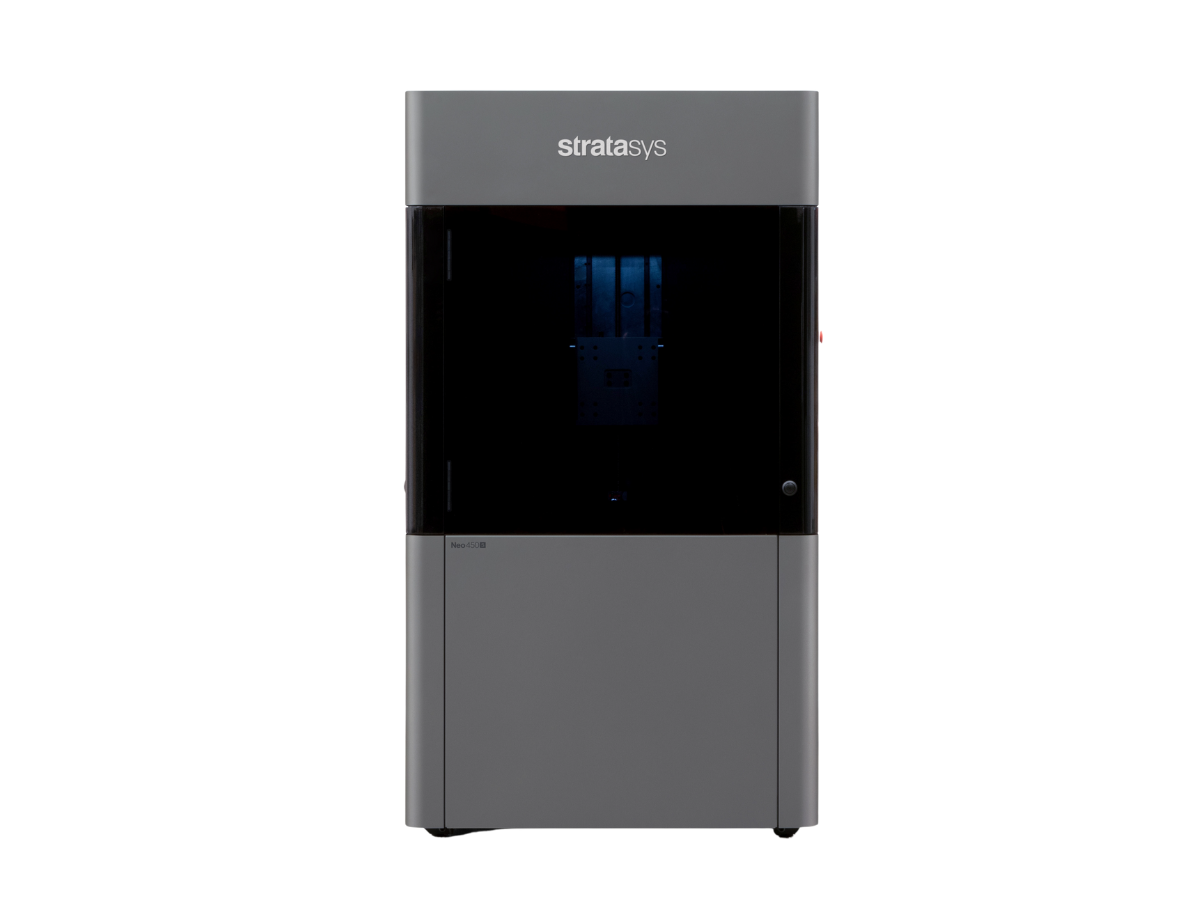
Neo®450s

Have your components 3D printed now! Do you have any questions? Contact our experts!
ST-130 from Stratasys® - Printed on the Stratasys® Fortus® 450mc
Stratasys® ST-130 filament is a soluble 3D printing material that is primarily used to create composite elements such as pipes, elbows, and ducts using sacrificial material. ST-130 is used in the motorsports sector and wind tunnel testing as soluble cores/sacrificial molds for composite tooling. The procedure entails printing a mold form with ST-130, wrapping the composite material around it, curing it, then submerging the part and mold in a solution bath. This dissolves the ST-130 sacrificial material, leaving only the final hollow composite portion.
ST-130 is autoclavable and frequently used with a triangle fill pattern to improve quick dissolving, increase printing speed, and save materials. It is especially useful for creating sophisticated hollow composite molds, which would normally need multi-part clamshell molds, resulting in seams in the finished product. ST-130 enables the production of seamless one-piece goods in a single manufacturing process.
The Fortus® 450mc provides precise, dependable performance, allowing you to revolutionise supply chains, speed manufacturing, and save production costs. Its proven reliability and capability to use the ST-130 makes it a trusted 3D printing solution for manufacturers in the motorsport sector among other sectors.

Have your components 3D printed now! Do you have any questions? Contact our experts!
FDM Nylon 12CF (Carbon Fiber) from Stratasys® - Printed on the Stratasys® Fortus® 450mc
FDM Nylon 12CF (Carbon Fiber) from Stratasys® is a strong thermoplastic filament reinforced with chopped carbon fiber, ideal for use in motorsports and wind tunnel testing, among other things. In motorsport, this material excels at generating lightweight yet durable components like fixtures and production parts, with remarkable stiffness and strength-to-weight ratio, allowing it to efficiently replace metal parts.
For wind tunnel testing, FDM Nylon 12CF is important for making exact models that effectively simulate aerodynamic conditions. These models are critical for testing and improving aerodynamic designs of motorcycles. With its high strength, stiffness, and lightweight qualities, FDM Nylon 12CF is an excellent material for creating strong tooling, functional prototypes, and select end-use parts for wind tunnel testing applications.
The Fortus® 450mc provides precise, dependable performance, allowing you to revolutionise supply chains, speed manufacturing, and save production costs. Its proven reliability and capability to use the FDM Nylon 12CF (Carbon Fiber) from Stratasys® makes it a trusted 3D printing solution for manufacturers in the motorsport sector among other sectors.

Have your components 3D printed now! Do you have any questions? Contact our experts!
Somos® WaterShed® Black from Stratasys® - Printed on the Stratasys® Neo®800
Somos® WaterShed® Black, a cutting-edge stereolithography material from Stratasys®, is specifically created for applications such as wind tunnel models due to its excellent qualities. This material has a unique mix of stiffness, dimensional stability, and great detail resolution, making it an excellent choice for producing precise and long-lasting wind tunnel models. Somos® WaterShed® Black's exceptional moisture resistance ensures that these models can withstand the rigorous conditions of wind tunnel testing, giving accurate aerodynamic performance data.
When used for wind tunnel models, Somos® WaterShed® Black on the Stratasys® Neo®800 3D printer speeds up the production process by up to 50% over conventional black SL resins. This efficiency not only saves time, but also improves model quality. Furthermore, the material's truer black color avoids the need for post-processing activities like painting, resulting in a professional finish that saves time and money.
The Stratasys® Neo®800, serves as an ideal solution for creating small to large-sized models. Using such a machine to print the Somos® WaterShed® Black from Stratasys® allows you to quickly produce large-format SD and HD wind tunnel models with fine resolution and intricate, small details.

Neo®800

Have your components 3D printed now! Do you have any questions? Contact our experts!
xCERAMIC3280 from Nexa3D® also known as Ultracur3D® RG 3280 from BASF - Printed on the Nexa3D® XiP Pro
xCERAMIC3280 (Ultracur3D® RG 3280), a ceramic-filled resin from BASF Forward AM, has outstanding qualities that make it ideal for creating production parts for motorsports and wind tunnel testing. With a rigidity of roughly 10 GPa and a heat deflection temperature of more than 280°C, this material offers exceptional mechanical performance, which is critical for demanding applications such as motorsport.
Its high stiffness assures structural integrity and endurance in components subjected to harsh conditions, making it excellent for the production of aerodynamic components, engine components, and structural elements in motorsport. The material's capacity to remain stable at high temperatures, as well as its quick and easy printing process, make it ideal for creating elaborate wind tunnel models for aerodynamic investigation.
The XiP Pro printer from Nexa3D® is one of the ultra-fast resin 3D printers that are specifically made for the xCERAMIC3280 resin. The unique LSPc® technology of Nexa3D® allows for the rapid manufacture of high-temperature resistant components with high resolution in a matter of hours.

XiP Pro

Have your components 3D printed now! Do you have any questions? Contact our experts!
PA11 CF from Nexa3D® - Printed on the Nexa3D® QLS 260
PA11 CF (Carbon Fiber) is a material made from biological components (castor oil) that has outstanding robustness, ductility, and impact strength. A sustainable alternative to PA12.
When it comes to wind tunnel testing, PA11 CF's qualities shine through in the creation of sophisticated and long-lasting models for aerodynamic research. The rigidity of the material, combined with its capacity to maintain structural integrity under changing conditions, guarantees that wind tunnel models and production parts are accurate and reliable.
With an unrivaled 21-hour cycle time, the Nexa3D® QLS 260 uses a single 60 Watt CO2 laser to manufacture PA11 CF production components and wind tunnel models with high mechanical and thermal properties.
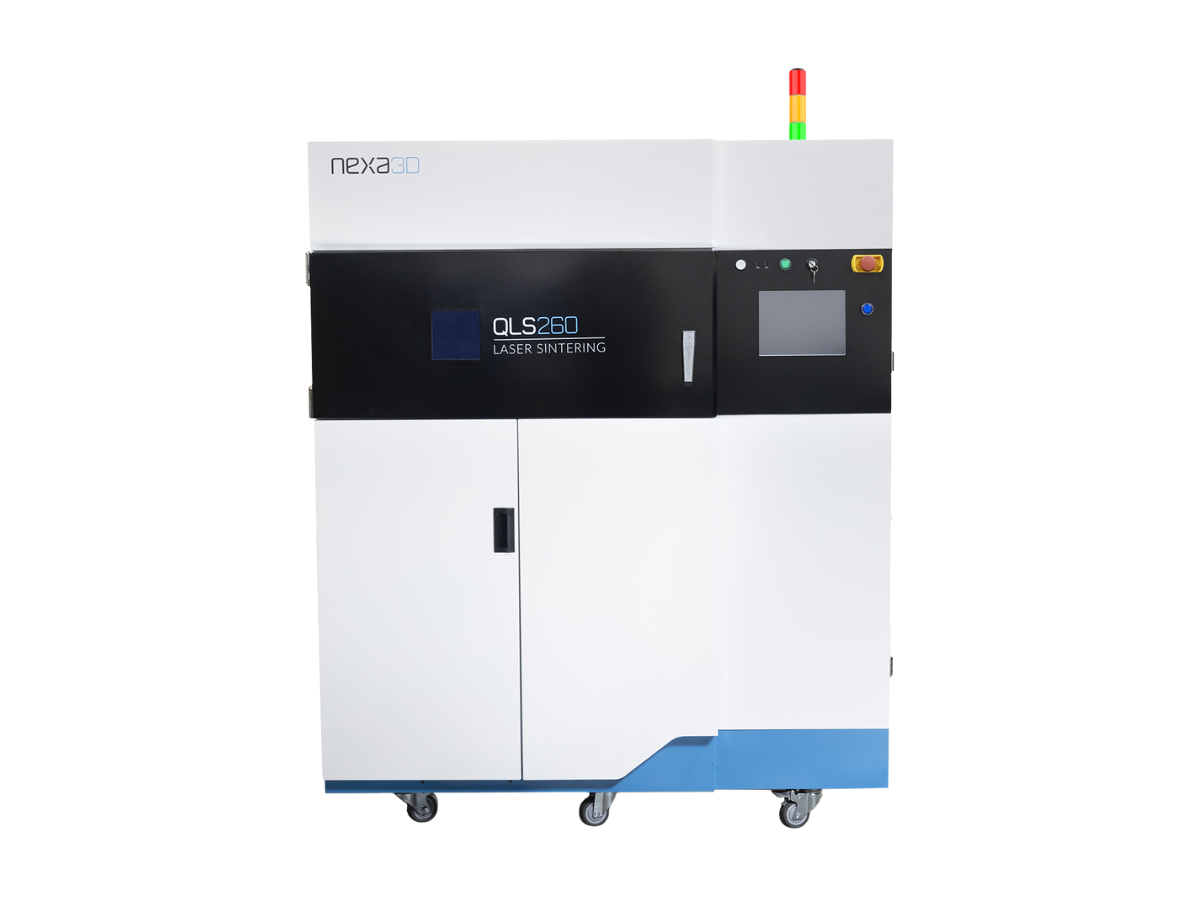
QLS 260







